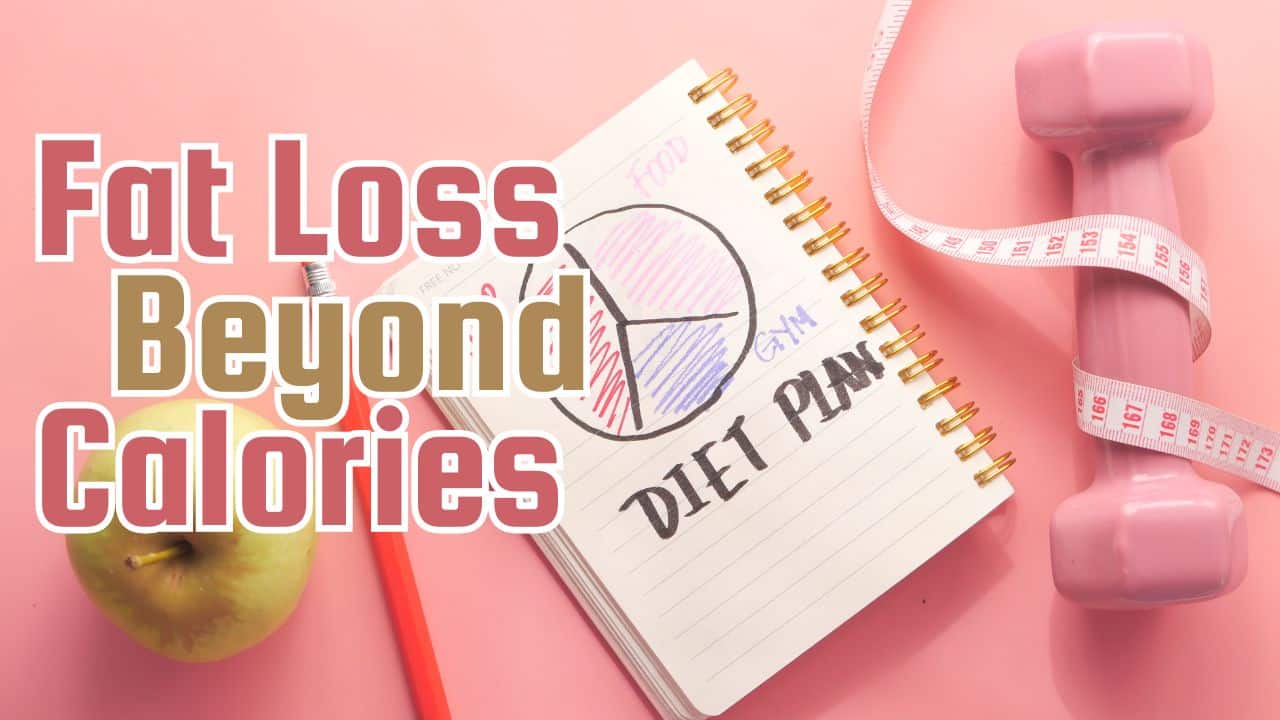If you’ve delved into the world of nutrition, you’ve likely encountered the fundamental principle of weight loss: the calories in versus calories out equation. While this notion holds true scientifically, solely focusing on this simplistic model overlooks the significant impact different foods and meal distributions have on your weight loss journey. To maximize fat loss efficiently, it’s crucial to look beyond just calorie counting and consider the types of foods you consume and their timing. Here’s a comprehensive guide and FAQs to help you achieve optimal fat loss.
FAQs
Q1: Is weight loss solely about calories in versus calories out? Absolutely, calorie deficit remains pivotal for weight loss. However, the quality and composition of calories consumed play a critical role in how your body processes and utilizes them.
Q2: What are the significant factors beyond calories that affect fat loss? The types of foods ingested and their processing level, along with meal distribution throughout the day, significantly impact fat loss.
Q3: How can I optimize my diet for faster fat loss? By choosing minimally processed, nutrient-dense foods, shifting more calories to earlier meals, and incorporating satiating options, you can accelerate fat loss.
Optimizing Fat Loss Beyond Calorie Counting
1. The Impact of Food Processing on Caloric Burn
Choosing minimally processed foods, such as oats and multigrain bread, over refined options like cereal and white bread, not only offers more nutrients and satiety but also boosts the thermic effect of food. Research indicates that the body expends more energy by digesting unprocessed foods, potentially aiding fat loss. For example, opting for whole grains can help burn an additional 100 calories daily, comparable to jogging an extra mile each day.
2. Meal Distribution: Front-Heavy vs. Back-Heavy Approach
While total daily caloric intake matters, distributing calories more towards early meals (front-heavy) rather than later ones (back-heavy) has demonstrated benefits. Front-heavy approaches lead to reduced hunger, fewer cravings, and increased energy levels, potentially aiding in burning more calories throughout the day and facilitating better adherence to the diet.
3. Embrace Satiating Foods for Appetite Control
Certain foods have a superior ability to curb hunger, helping you adhere to a calorie deficit. Swapping less satiating options for more filling choices, like whole grain bread instead of oats, can significantly impact satiety and prevent excessive snacking, thus aiding fat loss.
Sample Meal Plan for Effective Fat Loss
Breakfast (Approx. 700 calories): Protein-packed pancakes made from oat flour topped with peanut butter, sugar-free syrup, and sautéed apples.
Lunch (Approx. 500 calories): Baked salmon, boiled potatoes, and sautéed asparagus.
Midday Snack (Approx. 100 calories): Orange or a protein shake (optional).
Dinner (Approx. 600 calories): Baked chicken breasts with a side of veggies roasted in olive oil.
Post-Dinner Treat (Approx. 200 calories): High-protein Greek yogurt parfait with cinnamon, stevia, mixed berries, and chia seeds.
Note: Adjust portion sizes based on individual calorie needs to maintain a calorie deficit.
Conclusion
While a calorie deficit remains key, optimizing fat loss involves more than simple math. Choosing nutrient-dense, less processed foods, adjusting meal distribution, and incorporating highly satiating options can significantly impact your weight loss journey. Experiment with these swaps and meal structures to find what works best for your body. Remember, adherence to a calorie deficit tailored to your lifestyle is paramount for sustainable fat loss.z
